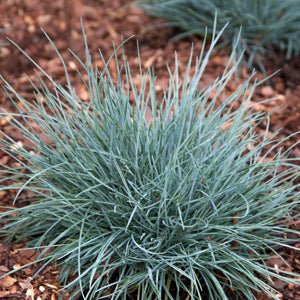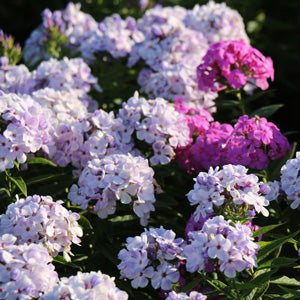By Doug Jimerson
Bees, butterflies, and birds provide big benefits in your backyard such as pollination and insect control. But you might not realize there’s a host of other surprising animals who can also play a starring role in your garden’s well being. Here are 5 of our favorites.

Moths
Moths come in an amazing array of colors, shapes, and sizes, but because they are nocturnal, moths often go unnoticed. Many are great pollinators, even though a few species such as the giant Cercopia moth don’t feed in their adult form. Yet, even this big moth adds drama and color to the night garden. Because they are active at night, moths flock to night-blooming flowers such as nicotiana, evening primrose, moonflower, four-o-clock, and jasmine. They also like butterfly bush, ice plant, scabiosa, French marigold, impatiens, valerian, petunia, and stock. Attract moths to your yard by doing research into what plants their caterpillars use as host plants. Most caterpillars are specific and only eat certain plants.

Toads
Fairy tales often depict toads as gruesome beasts that fair maidens are forced to kiss in order to find their true love. But, left to their own devices, these warty little hoppers can eat up to a 1,000 insects a day, that’s something even Prince Charming can’t offer. The most common species is the American toad, Bufo americanus. Found in backyards across most of the eastern United States and Canada, toads will eat almost anything that moves that is small enough to fit into their mouths. That means they’ll devour garden pests such slugs, snails, grubs, flies, crickets, and beetles. To attract toads to your garden be sure to include a water feature. These charming little creatures breed in shallow ponds and will come calling (literally) in the springtime to meet other toads and lay their eggs. Their small black tadpoles grow quickly, turning into tiny baby toads in just 50 to 60 days.

Turtles
Slugs, grubs, and snails better take cover when a box turtle comes calling. These handsome, slow moving reptiles have ravenous appetites and are especially welcome in shade gardens where slugs and snails can ruin an entire garden of hostas in a day. Box turtles get their name from their domed shell that is hinged on the bottom allowing the animal to close completely when danger threatens. Different species occur in various regions of the country and many are declining in population. So, if you see a box turtle crossing the road you should always try to help it across (never take one as a pet). Box turtles love shallow water so sink a sunken birdbath or two in your garden beds to increase your odds of hosting one as a guest.

Spiders
At first glance spiders can be scary. After all, with 8 hairy legs and a body that produces sticky strands of silk, spiders could easily be mistaken for aliens from another planet. Yet it’s believed that each spider devours up to 2,000 insects a year. And when you consider that there can be up to 800 spiders per 10 square feet in an average garden, you can see how important these creatures are for keeping insect pests under control. Spiders come in a huge assortment of sizes, shapes, and colors, but one of the most flamboyant species is the black and gold Yellow Garden Spider. It’s common across North America and creates create large webs in the late summer that are strong enough to ensnare larger prey such as grasshoppers, flies, and crickets. These big beauties are not poisonous so if you find some in your garden leave them alone and let them do their job.
NOTE:Although not common, there are a few venomous spiders in the United States. If in doubt, find a field guide or check online for positive identification of venomous species in your region.

Praying mantis
If you were going to design an insect killing machine you’d probably create something that looks a lot like a praying mantis. These constantly hungry creatures have an upright posture with two long front legs they hold in a praying position, ready to instantly grab any prey that wanders nearby. Plus, their heads are mobile and can rotate around in order to spot their next meal. Praying mantises grow 2 to 4 inches long and are generally green or brown so they are well camouflaged in your garden. They will eat almost anything they can catch, including a host of pests such as beetles, flies, grasshoppers, crickets and even each other if the opportunity arises. Of course, they will also devour the occasional beneficial bee or butterfly, too. In the fall, the female mantis lays large tan egg clusters that you can often find clinging to plants and shrubs over the winter. In the spring, each egg cluster will hatch.















